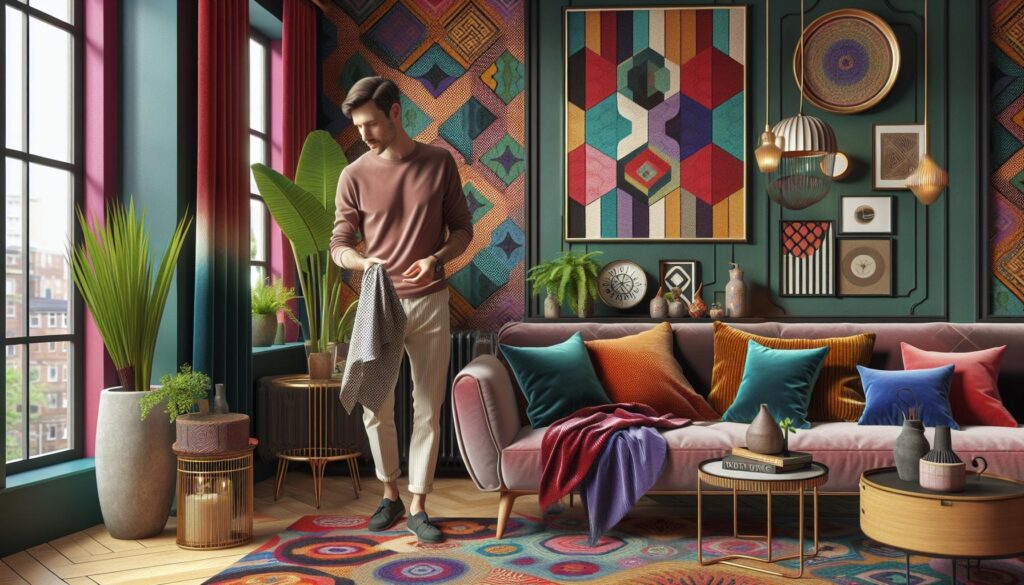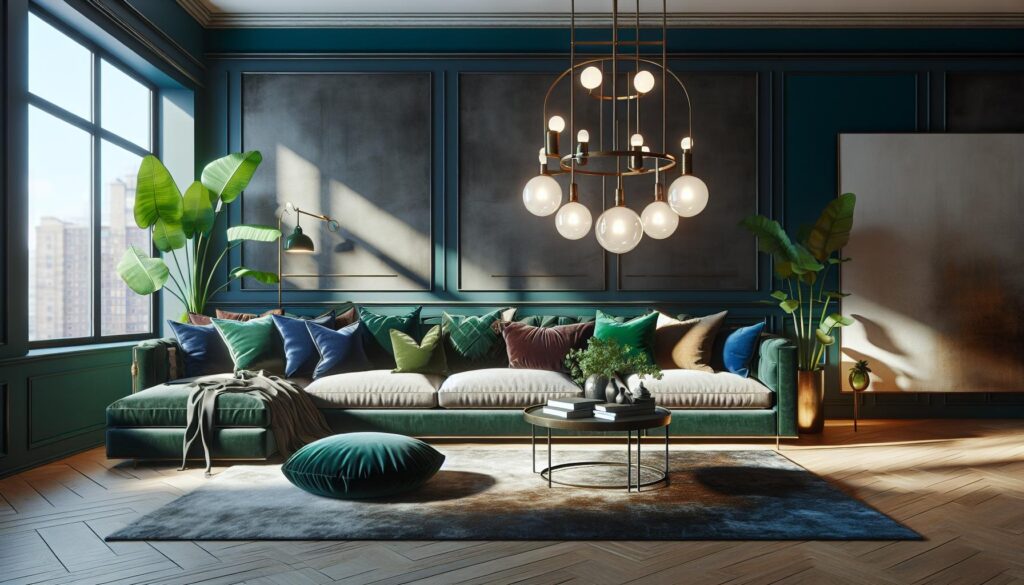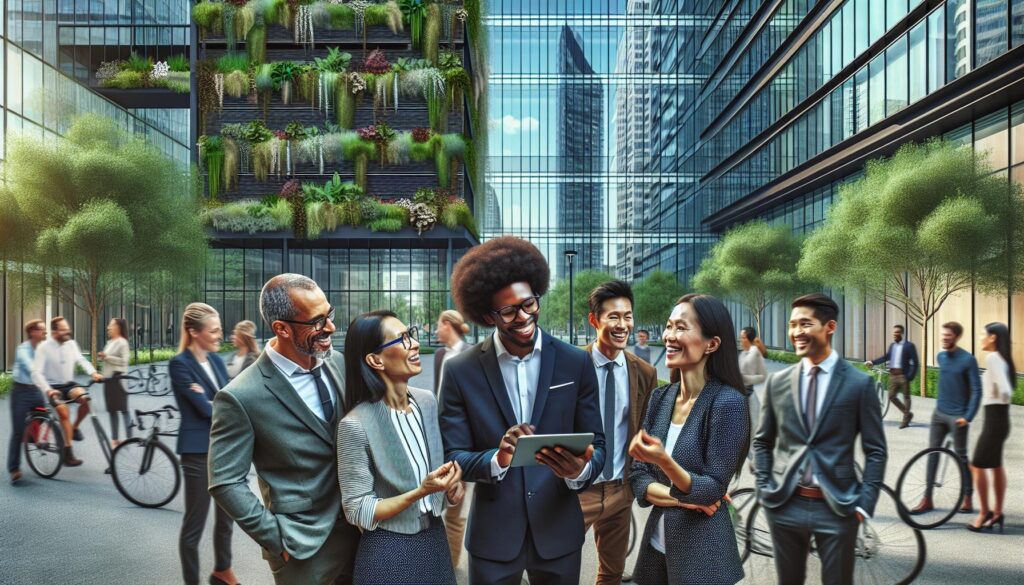In a world where home is the new office and Instagram is the new art gallery, 2022’s interior design trends are stealing the spotlight. Gone are the days of bland beige walls and mismatched furniture—this year’s styles are all about bold statements and personal flair. Whether he’s diving into vibrant colors or she’s embracing sustainable materials, everyone’s looking to transform their space into a sanctuary that reflects their unique personality.
Architectural Digest has spotlighted the hottest trends that’ll make any home feel like a million bucks without breaking the bank. From playful patterns to unexpected textures, these trends are not just eye candy; they’re conversation starters. So grab your paintbrush and your sense of humor—it’s time to reinvent your living space and perhaps even impress that judgmental cat.
Interior Design Trends 2022 Architectural Digest
Interior design trends in 2022 emphasize bold statements and personal expression. A significant departure from traditional styles marks this year’s focus, advocating vibrant colors and sustainable materials. Designers prioritize unique touches that reveal individual personalities through decor choices.
Playful patterns catch attention across various spaces. Floral designs and geometric shapes surface in wallpapers, making rooms feel lively and inviting. Textures also take center stage, adding depth and interest to interiors. Soft textiles and mixed materials transform environments without excessive costs.
Sustainable practices permeate 2022’s trends, reflecting growing environmental consciousness. Reclaimed materials and eco-friendly furnishings gain preference among homeowners. These items not only enhance aesthetics but also promote responsible living.
The incorporation of multifunctional furniture plays a vital role this year as more people adapt spaces for work and leisure. Smart storage solutions and adaptable designs support efficient living, especially in urban settings. Combining style and functionality resonates strongly in contemporary design.
Color palettes exhibit versatile combinations that range from earthy tones to bold jewel hues. These choices create dynamic atmospheres that evoke various moods. Accent walls and furniture pieces in striking colors provide focal points that anchor rooms.
Overall, 2022’s interior design trends invite creativity and innovation. Embracing these elements encourages individuals to transform their living spaces into personalized retreats. Engaging designs foster connection and spark conversations, solidifying their place in modern home decor.
Key Themes from Architectural Digest
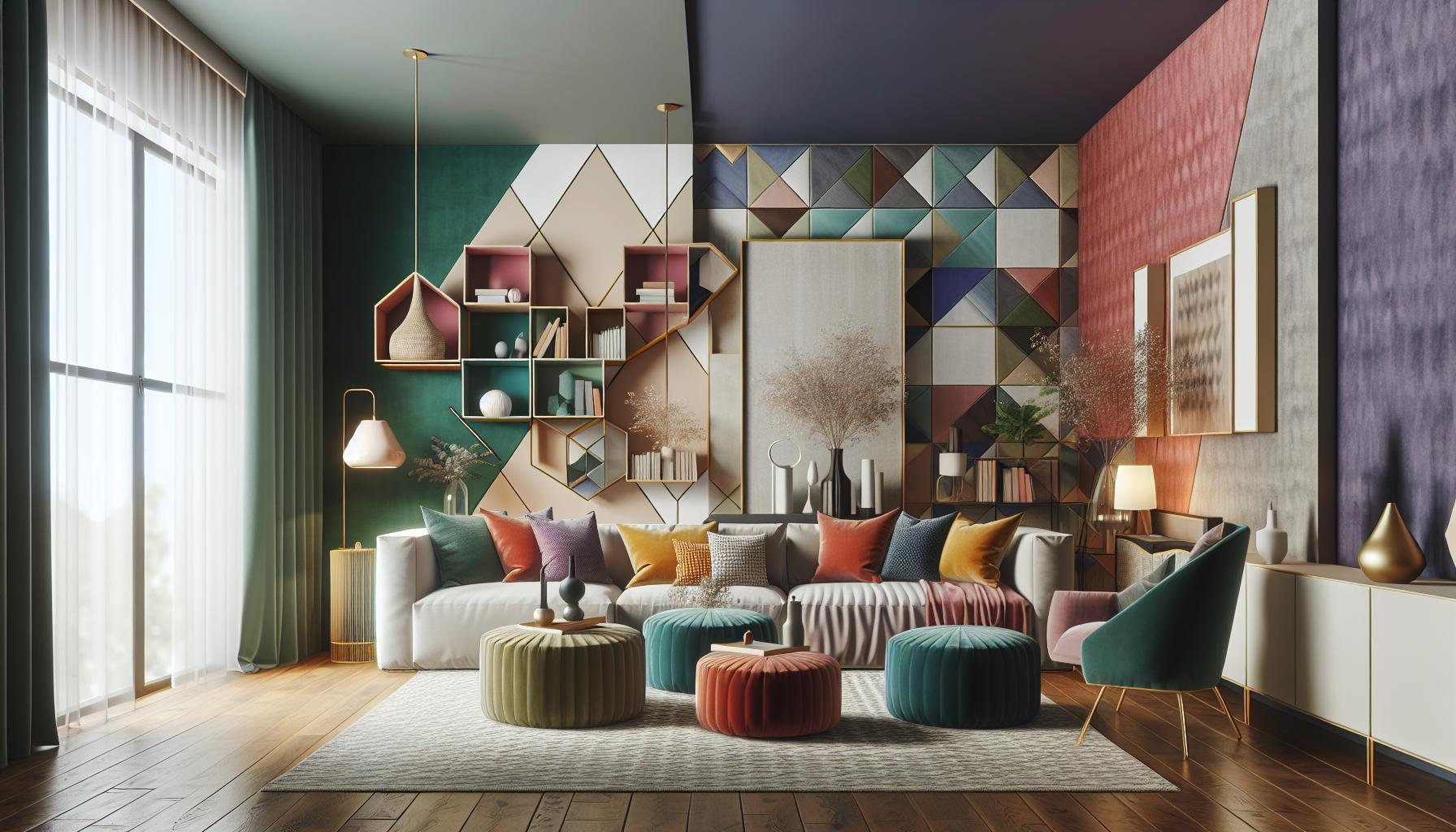
2022 reveals evolving trends in interior design that underscore personal expression and creativity. Architectural Digest highlights two significant themes: color palettes and sustainable design practices.
Color Palettes and Textures
Color palettes feature a mix of earthy tones and bold jewel hues. Homeowners combine these colors to evoke specific moods and enhance their spaces. Textures play a crucial role, introducing layers of depth and interest. Soft textiles, along with playful patterns in wallpapers, create dynamic visual experiences. Geometric shapes interspersed throughout the decor also contribute to a fresh aesthetic. Accent walls often become striking focal points, inviting conversations and interactions within the home.
Sustainable Design Practices
Sustainable design practices take center stage in 2022. Homeowners increasingly favor reclaimed materials and eco-friendly furnishings. This shift encourages responsible living and showcases commitment to sustainability. Multifunctional furniture plays a critical role, adapting to various needs in today’s homes. Smart storage solutions also maximize efficiency, particularly in urban environments. By incorporating these elements, individuals transform their spaces while respecting the environment.
Furniture and Decor Innovations
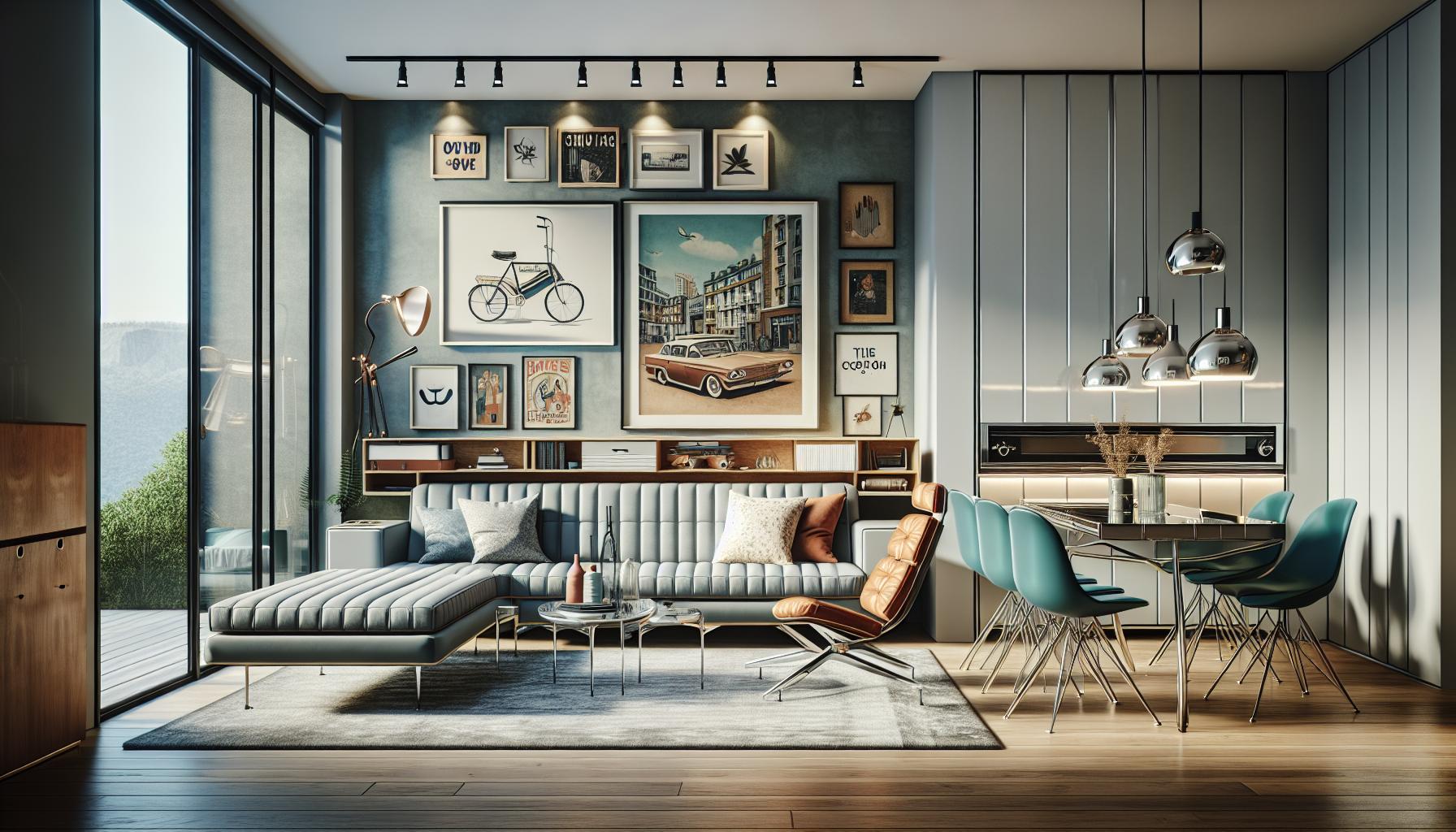
Innovative furniture and decor trends emphasize adaptability and character in home design. Multifunctional elements and designs cater to diverse needs in compact living spaces.
Multi-Functional Spaces
Designers increasingly focus on multi-functional spaces. Convertible furniture, like sofa beds and extendable dining tables, enhances utility. These versatile options cater to urban dwellers, making it easier to maximize square footage. Notable examples include ottomans with hidden storage that can double as seating or tables. This innovation reflects the shift toward spaces that support both work and leisure seamlessly. Functional design now promotes organization while encouraging freedom of movement.
Vintage and Retro Influences
Vintage and retro influences offer a nostalgic appeal in contemporary interiors. Homeowners gravitate towards bold patterns and materials reminiscent of past decades. Mid-century furniture pieces, like sleek chairs and minimalist tables, prominently appear in many homes. Unique thrifted items complement modern decor, creating personalized spaces full of character. Incorporating vintage elements fosters creativity, allowing individuals to mix eras harmoniously. Global craftsmanship also finds its way into decor, enriching spaces with eclectic touches and cultural narratives.
The Role of Technology in Interior Design
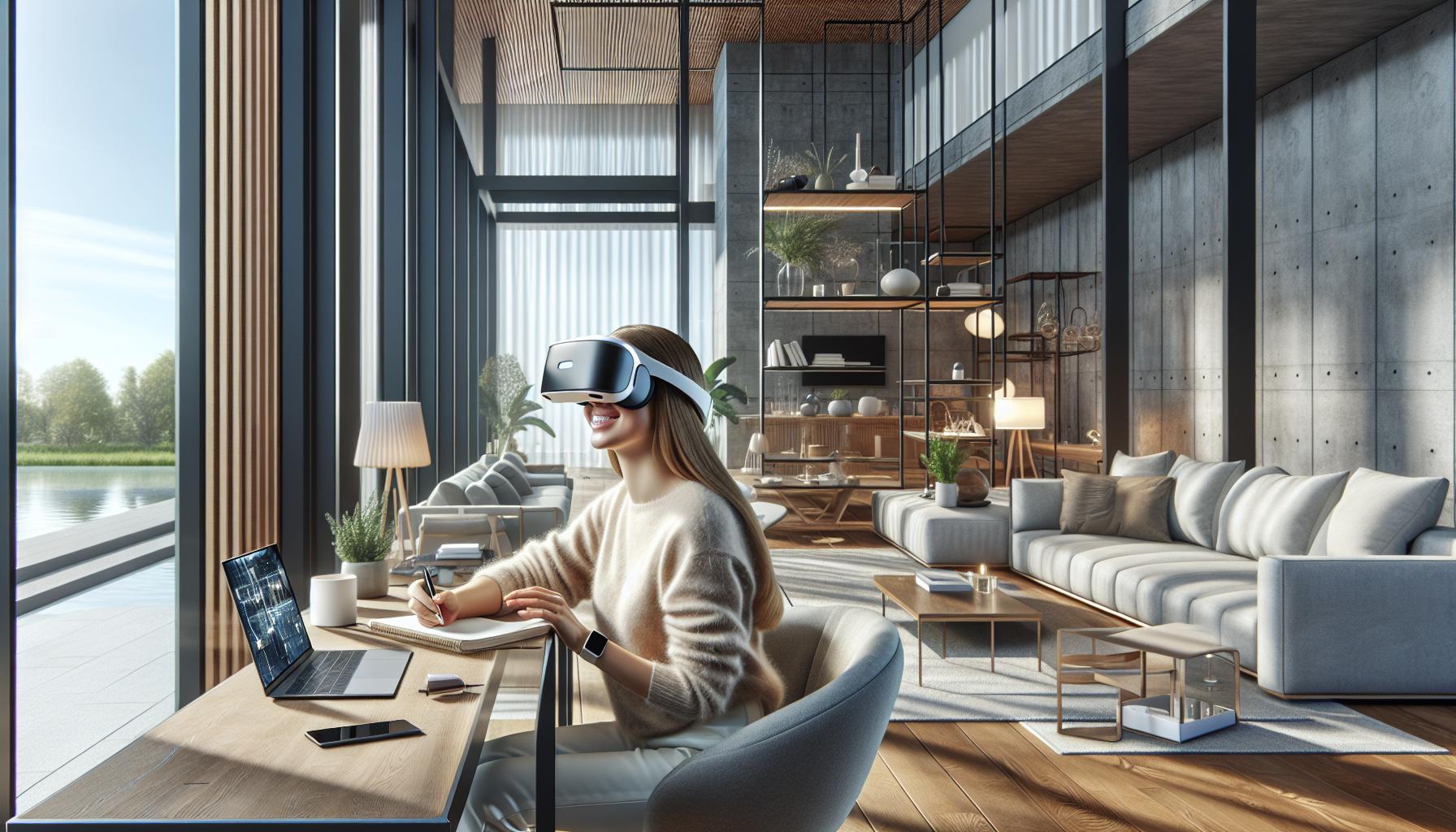
Technology plays a pivotal role in transforming interior design practices in 2022. Smart home systems enable seamless integration of lighting, heating, and security, enhancing comfort and convenience. Designers utilize virtual reality tools to create immersive experiences for clients, allowing them to visualize spaces before making decisions.
Automation becomes an integral aspect, with programmable features managing everything from temperature settings to window treatments. High-tech materials, such as self-cleaning surfaces and light-responsive textiles, drive innovation, making interiors more functional and aesthetically pleasing.
3D printing emerges as a game-changer in creating customized furniture pieces and decor. This technology provides unique designs that reflect personal style while minimizing waste. Additionally, augmented reality applications allow clients to experiment with colors and layouts on their devices, streamlining the decision-making process.
Collaboration tools enhance communication between designers and clients. File sharing, project management software, and video conferencing facilitate real-time updates, fostering collaboration regardless of location. Sustainability gains traction through technology, as energy-efficient appliances and smart sensors help monitor resource usage.
Virtual staging gains popularity among real estate professionals. This approach enables property listings to showcase potential without the need for physical staging. Clients appreciate the modern flexibility this offers when exploring options.
Overall, technology in interior design not only streamlines processes but also enhances creativity and personalization. Embracing these advancements allows designers to craft spaces that resonate with unique lifestyles while staying aligned with current trends.

